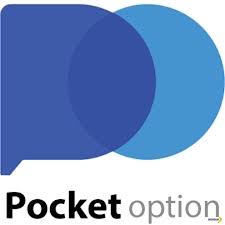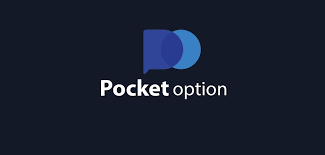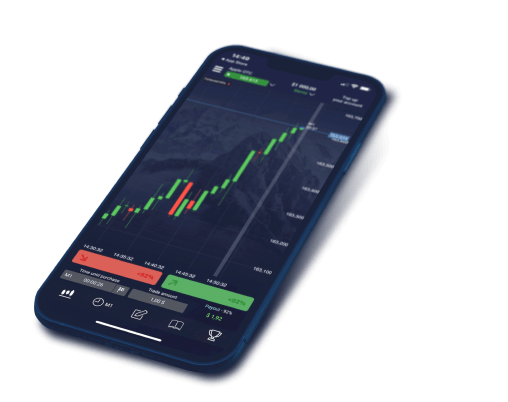
Understanding the Revenue Model: How Does Pocket Option Make Money
Pocket Option is a well-known trading platform that has gained significant popularity among traders seeking a user-friendly experience in binary options trading. But have you ever wondered how does pocket option make money how does pocket option make money? In this article, we will explore the various revenue streams that contribute to the profitability of Pocket Option and delve into the intricate mechanics of the binary options market.
1. The Basics of Pocket Option
Pocket Option is an online trading platform where users can trade various assets, including currencies, cryptocurrencies, stocks, and commodities. With a simple user interface, it caters to both new and experienced traders. The platform’s popularity can largely be attributed to its ease of use, along with a variety of trading features and educational resources that help users make informed trading decisions.
2. How Trading Fees Contribute to Revenue
One of the primary ways Pocket Option makes money is through trading fees. Whenever a trader executes a trade, there might be a small fee associated with the transaction. While Pocket Option advertises itself as a platform with zero fees for trading, it’s important to clarify that this often means there are no commissions on trades. However, there are still costs involved that can impact the trader’s net profit. These costs may include spreads and fees on withdrawals.
3. Understanding the Spread
The spread is the difference between the buying price and the selling price of an asset at any given time. This difference is where brokers, including Pocket Option, make money. For instance, if the buying price of an asset is $10 and the selling price is $9.70, the spread is $0.30. Pocket Option will earn this $0.30 on every trade executed within the spread. The spread can vary depending on market conditions and the specific asset being traded.
4. Premium Services and Features
Pocket Option also generates income through premium services and features that enhance the trading experience. These may include:

- Exclusive educational resources: Users can pay for advanced educational materials such as trading strategies and market analysis.
- Advanced trading tools: Features such as charting tools, indicators, and automated trading tools can come at a cost for users looking to enhance their trading capabilities.
- Account types: Pocket Option may offer different account types with varying benefits and features, often requiring higher minimum deposits for premium accounts.
5. Inactivity Fees
Pocket Option may also charge inactivity fees for accounts that have not engaged in trading activity over a certain period. This policy is common among trading platforms and serves as another revenue stream, encouraging users to remain active on the platform.
6. Affiliate Programs
Another significant aspect of Pocket Option’s revenue generation comes from its affiliate marketing program. By partnering with affiliate marketers, Pocket Option incentivizes them to refer new traders to the platform. For every trader brought in through an affiliate link, Pocket Option shares a portion of the trading fees collected. This approach benefits both parties, as it expands Pocket Option’s user base while providing affiliates with a source of income.
7. Market Maker Model
Pocket Option may operate on a market maker model, which means that it can take the opposite side of its clients’ trades. In this model, it can profit from customers losing trades, as the terms of the trade are set by the broker itself. This creates a situation where the broker can maintain a steady income flow as long as they correctly manage the risk associated with client trades.

8. Leveraging Volatility
In financial markets, volatility can be a great source of profit for trading platforms. By providing the opportunity for traders to engage in high-risk, high-reward trading strategies, Pocket Option can benefit from the inherent risks traders take. When traders lose money due to heightened volatility, Pocket Option stands to profit significantly.
9. Regulatory Compliance and Safety
Operating as a reputable trading platform, Pocket Option must comply with various regulations to ensure the safety and security of its users. While this introduces costs, it also enhances trust among traders, which may lead to increased trading activity across the platform. The more active users Pocket Option has, the higher the revenue through trading fees and related costs.
10. Conclusion
In conclusion, Pocket Option employs a multi-faceted revenue model that includes trading fees, spreads, premium services, inactivity fees, affiliate programs, and, potentially, the market maker model. Understanding how Pocket Option makes money provides valuable insights for traders and helps in making informed decisions when engaging with the platform. Armed with this knowledge, traders can better navigate the challenges of binary options trading while keeping an eye on the business practices of the platforms they choose to use.
As the trading landscape continues to evolve, Pocket Option will likely adapt its strategies, but the core principles of revenue generation through user engagement and trading activity will remain central to its business model.